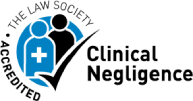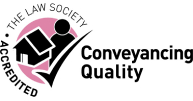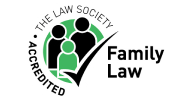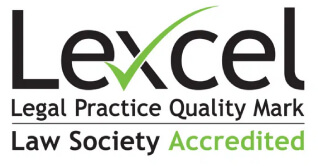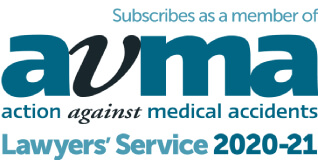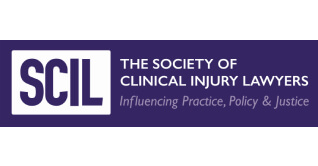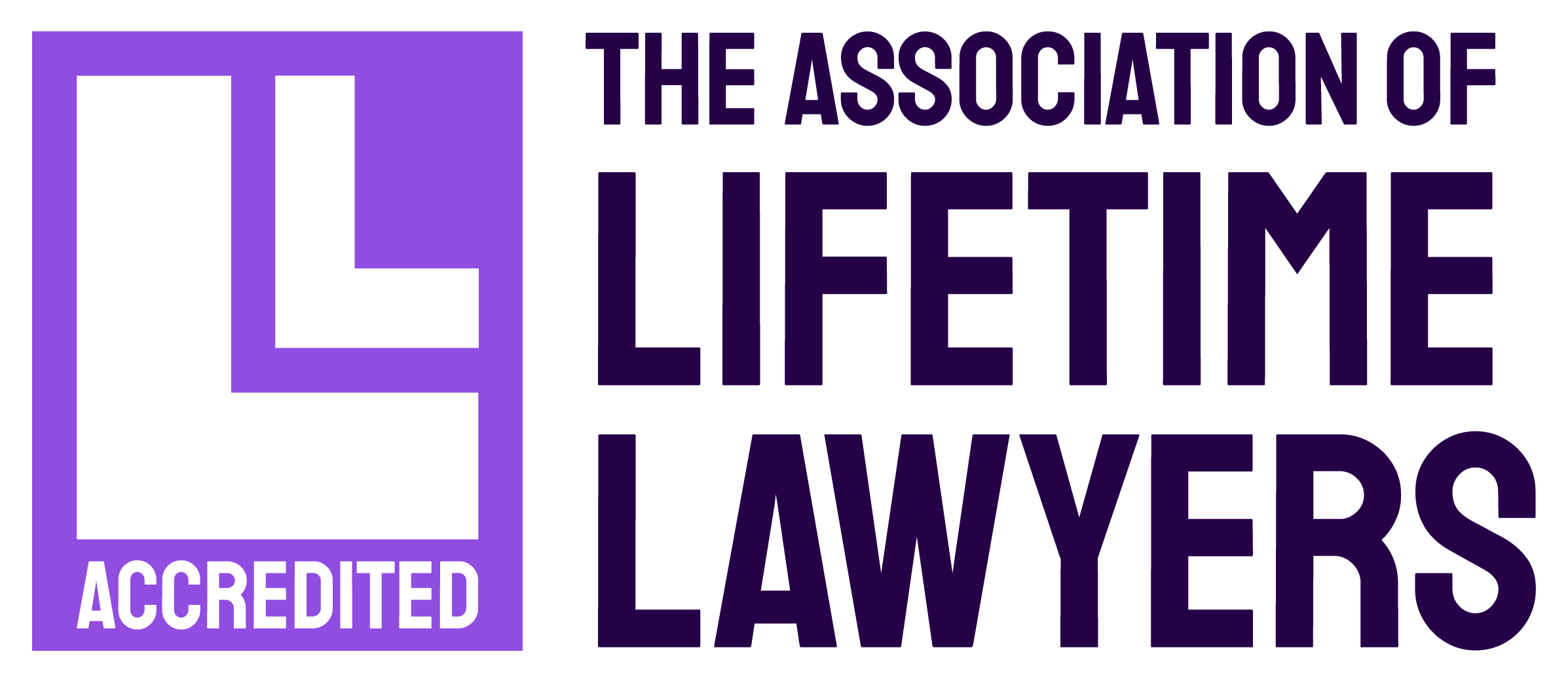Are home births safe?
NICE Guidance published in December 2014 recommended that women thought to have a low risk of pregnancy complications would be better served by giving birth at home or at a midwife-led unit, rather than in hospital.
Our specialist clinical negligence team of lawyers at Attwaters Jameson Hill sadly all too frequently see the tragic aftermath of labour complications resulting in significant injuries to the mother and/or child. Whilst a woman’s choice of where she gives birth should remain as such we have concerns that women may be misled by the current recommendations and my not ultimately provide their fully informed consent to either a home birth or labour in a midwifery led unit.
In essence, the main NICE Guidelines recommend in terms of patient care, on place of birth, the following:-
1. Women who have had previous children and first time mothers may choose any birth setting including home, midwifery led unit or hospital obstetric unit, and should be supported in their choice of setting wherever they chose to give birth;
2. Low risk pregnant women who have given birth before should be advised that a birth at home or in a midwifery-led unit is particularly suitable for them, because the rate of interventions is lower and the outcome for the baby is no different compared with an obstetric unit;
3. Low risk first time mothers should be informed that planning to give birth in a midwifery-led unit is particularly suitable for them, because the rate of interventions is lower and the outcome for the baby is no different compared with an obstetric unit;
4. It should also be explained that if women plan their birth at home there is a small increase in risk of an adverse outcome for the baby.
The above advice is confusing. The fourth recommendation above seems to conflict with the second. Although the outcome for the baby is no different in a home birth compared with an obstetric unit, for women who are low risk and who have given birth previously, there is still an “increased risk” of an adverse outcome for the baby.
Emphasising that the rate of interventions is lower in home births and midwifery-led units for low risk mothers is all well and good but the question remains – what happens if and when interventions are needed? In the case of an emergency at home there is no option of crash calling a doctor. An emergency situation is fortunately a relatively rare occurrence but it should be made abundantly clear to the patient that an emergency could arise and in this situation the patient would obviously be better placed within a hospital environment where there are doctors in the building.
Whatever decision a woman makes in relation to the place she wishes to give birth, it should be a fully informed choice.







